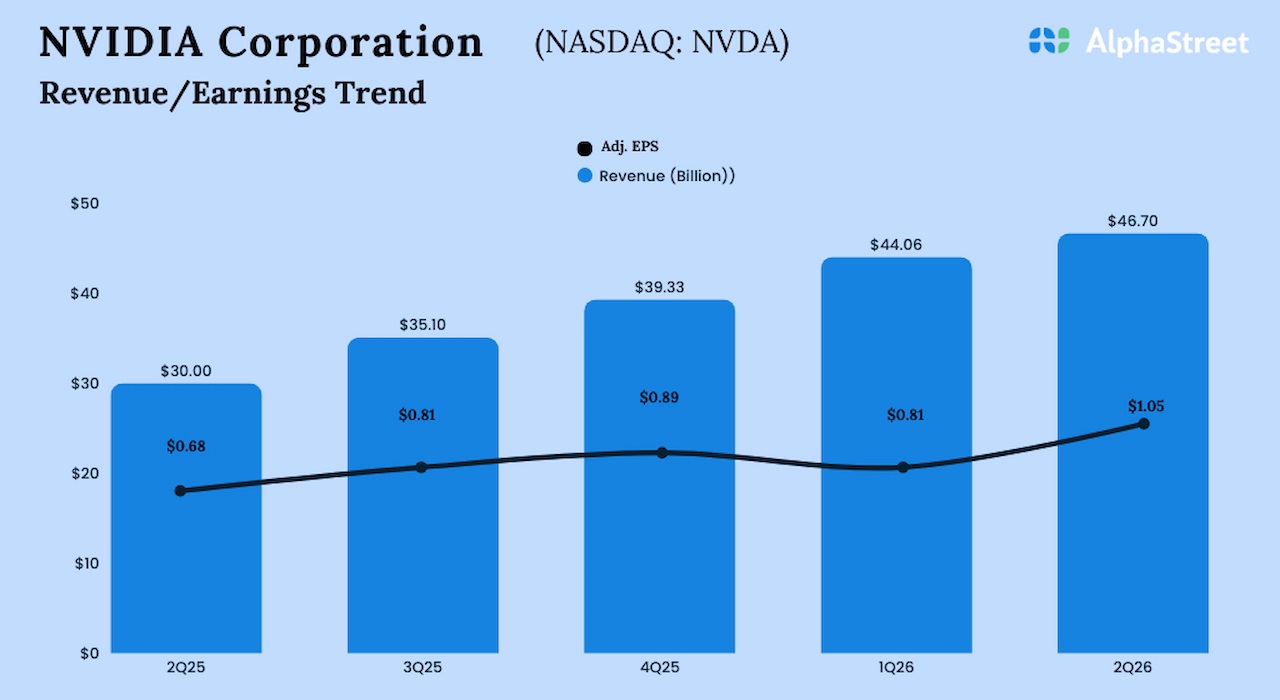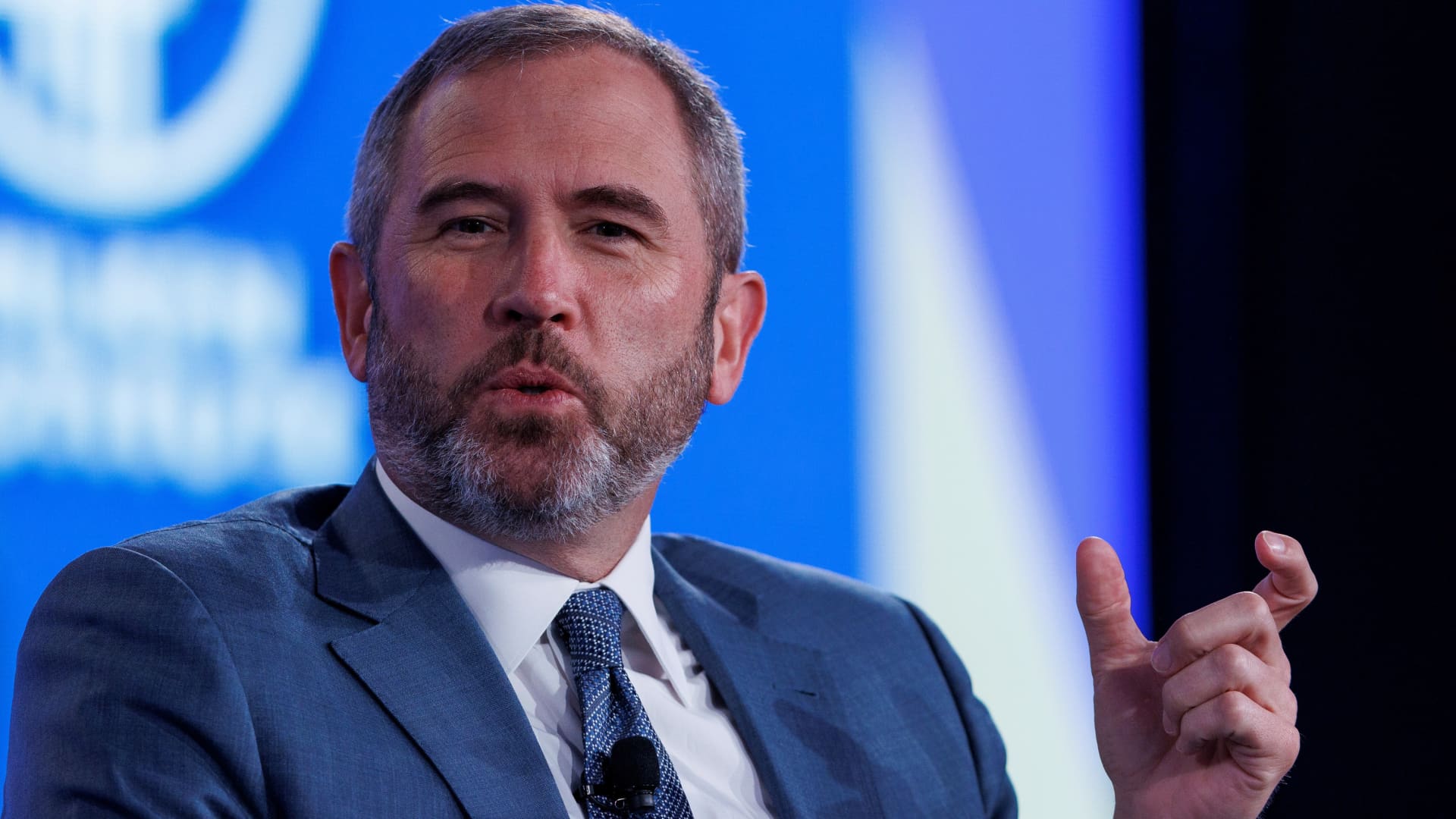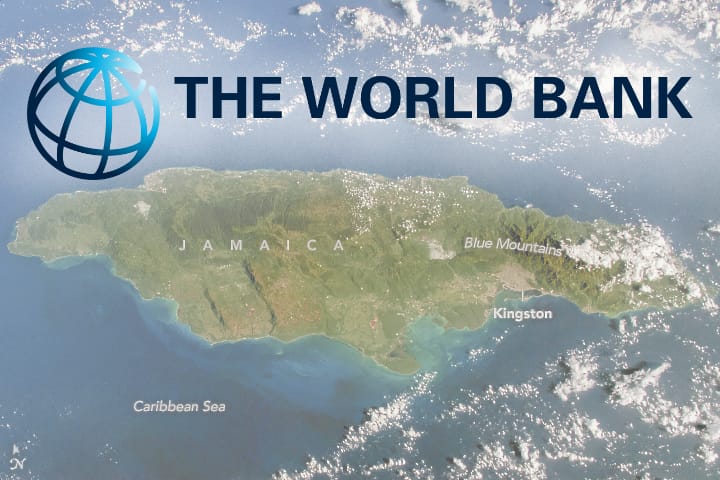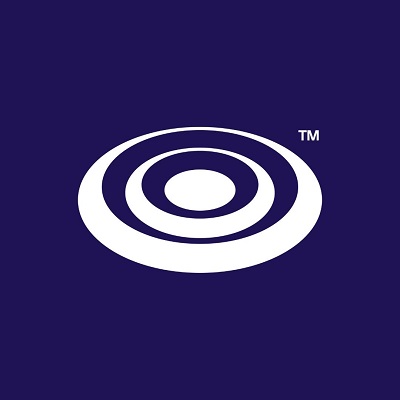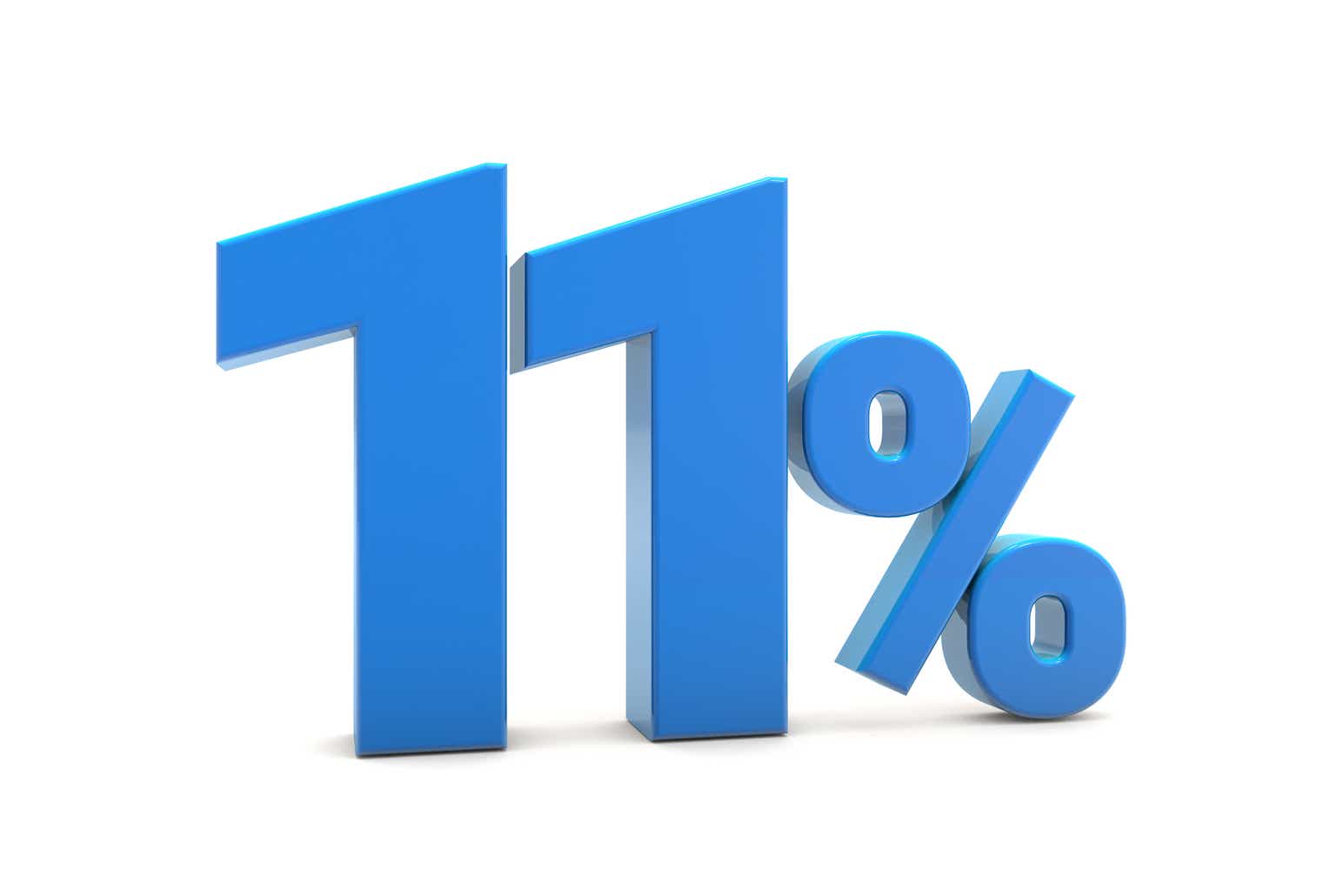Vivek Vishwakarma/iStock via Getty Images
Income stocks have been left in the dust as growth stocks are what keep driving market indices to higher highs. While seeing capital gains can be nice, it’s income from various sources that pay the bills at the end of the day. Plus, dividends from these stocks can be a great hedge against market volatility.
This brings me to Oaktree Specialty Lending (NASDAQ:OCSL), which I last covered in November last year with a ‘Buy’ rating, highlighting its steady fundamentals and exposure to attractive industries.
OCSL has seen its share of ups and downs since then, rising to a 52-week high of $21.64 in January before coming back down to $19.26, which sits 3.2% below where I visited it last (2.3% total return including dividends).
OCSL Stock (Seeking Alpha)
In this article, I revisit OCSL with key updates on its most recent quarter’s results and discuss why the recent drop in price presents a good opportunity for income investors to layer into this high-yield play, so let’s get started.
Why OCSL?
Oaktree Specialty Lending is an externally managed BDC that carries a sizable portfolio with a $3.0 billion fair value. OCSL’s investments are spread across 146 portfolio companies and it carries a fairly conservative investment composition with 86% of the total portfolio being senior secured loans (78% first lien, 8% second lien). The remainder of the portfolio is unsecured debt at 3%, and Equity and Joint Ventures being 5% and 6%, respectively.
OCSL invests primarily in the growing segments of software and healthcare, with these two industries comprising nearly one-quarter (23%) of the portfolio total. Other top industries include Specialty Retail, Real Estate Management & Development, and Professional Services. As shown below, OCSL’s portfolio diversification means that the Top 10 investments comprise just 20% of the portfolio total, and the next 15 investments comprise 21%.
OCSL Portfolio Mix (Investor Presentation)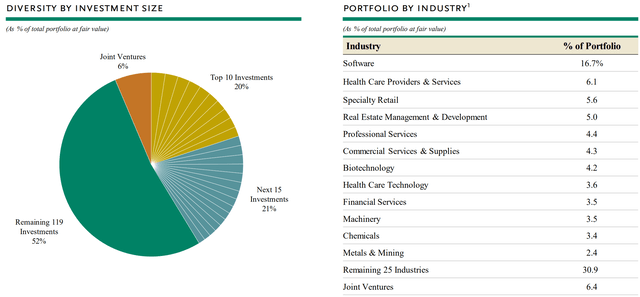
OCSL’s fourth quarter results released on February 1st were less than spectacular, as adjusted net investment income per share was lower by $0.05 on a YoY basis to $0.57. This was driven by a $5.2 million decrease in interest income due to the increase in non-accrual investments. Notably, investments on non-accrual represent 4.2% of portfolio fair value as of the end of Q4, up from 1.8% in Q3’23.
This had a meaningful impact on OCSL’s NAV per share as those aforementioned non-accruals had to be written off (despite not yet resulting in realized losses). As shown below the $0.47 in net unrealized depreciation of investments was the primary contributing factor (outside of the quarterly distribution, which was covered by net investment income) for the quarter-on-quarter NAV/share decline from $19.63 to $19.14.
Investor Presentation
While the recent results may not be encouraging, the write-down of assets doesn’t necessarily mean they will result in a total loss. Management provided commentary around possible solutions for a couple of investments on non-accrual, as described below during the last conference call:
Impel Pharmaceuticals is a biotech company that develops central nervous system drugs. Sales of a key product have been slower than anticipated, and the company filed for bankruptcy protection during the December quarter. The company is currently engaged in the sale process as it exits bankruptcy, and we’re focused on maximizing the long-term value of the business and our ultimate recovery. We’ll have more to share on this name as the sale process plays out in the coming months.
Lastly, Singer, the world’s largest consumer sewing machine company, had initially seen a surge of business during the pandemic, but it has since endured a slowdown. The sponsor has previously supported the business with additional capital, and we are working with other lenders on a solution as the company returns to growth. While the company has stayed current on its cash interest payments, based on secondary trading prices, we determined that it was prudent to move this investment to non-accrual.
Despite the near-term headwinds, OCSL’s $0.55 quarterly dividend rate remained covered by the $0.57 in NII/share from the last quarter. It also maintains a strong balance sheet with a debt-to-equity ratio of 1.02x as of the end of 2023, sitting well under the 2.0x statutory limit for BDCs and below the 1.14x level from the end of Q1’23.
OCSL currently earns a decent investment spread, with a weighted average yield on debt investments of 11.6%, which sits 460 basis points higher than its weighted average interest rate of 7.0%, and as shown below, OCSL has no debt maturities until next year.
OCSL Debt Maturities (Investor Presentation)
OCSL’s strong balance sheet with diverse funding sources gives it plenty of funding capacity to source opportunistic investments. As shown below, deal activity surged in Q4’23 to $370 million worth of new investment commitments after being in a lull in the preceding 4 quarters, as OCSL saw renewed demand for growth capital from borrowers.
Investor Presentation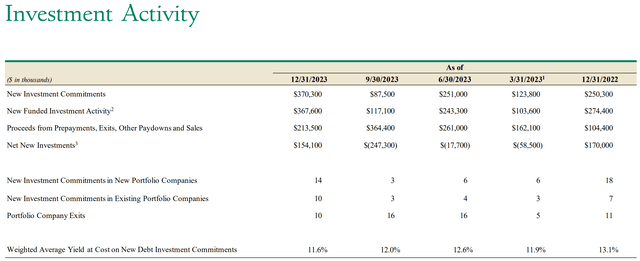
Risks to OCSL include a higher for longer interest rate environment, should the Federal Reserve renege on its recent call to cut rates 3 times this year. While OCSL does benefit from higher rates since 85% of its loan portfolio is floating rate, higher interest rates also pressure borrowers and their vendors, which could put a strain on borrowers’ ability to make payments on debt. Over the next two quarters, I would look for further signs of strain in OCSL’s portfolio. This includes changes to the non-accrual rate as well as potential for resolution on investments that are currently on non-accrual.
Considering all the above, I find OCSL to be appropriately valued at the current price of $19.26, which equates to a Price-to-NAV ratio of 1.01x. This puts OCSL more or less on par with that of large peers Blue Owl Capital (OBDC) and Ares Capital (ARCC), which have P/NAV ratios of 1.0x and 1.04x, respectively. As shown below, OCSL has traded largely in the 0.9x to 1.1x P/NAV range over the past 3 years, and the current valuation fits squarely in the middle of that range.
OCSL Price-to-Book (Seeking Alpha)
While I would like to see more clarity around OCSL’s non-accruals over the next few quarters, I don’t see the current valuation as being a bad entry point. In the near term, I view OCSL to be a ‘Buy’ up to the 1.05x P/NAV level due to its well-covered distribution and based on the premise that P/NAV will stabilize in the remainder of the year.
Investor Takeaway
All in all, it is important to carefully evaluate the performance of a company before making any investment decisions. In the case of OCSL, while their fourth-quarter results may not have been as positive as expected, there are potential solutions in place for some of their investments on non-accrual, and new investment fundings with the support of a strong balance sheet could result in better dividend coverage. Additionally, OCSL has maintained a strong balance sheet.
Lastly, it appears that the market has already weighed on potential risks, as OCSL currently trades at just a 0.6% premium to NAV as opposed to a 1.5% premium when I visited it last. Plus, with an 11.4% yield, investors are well-paid to hold onto the stock. Considering all the above, I view OCSL as being a Speculative ‘Buy’ at present for its high and covered dividend with the potential for a turnaround in the coming quarters.



















